Sales leads are all the people who could benefit from what you sell and may someday buy it. You may call them potential customers or even prospects.
But not all leads are the same. There are several types of sales leads—each requiring a different approach that matches how far along they are in their search for solutions.
In this guide, we’ll define the six categories of sales leads and show you how to give them exactly what they need when they need it. Then, you can turn more of those leads into new customers.
Table of contents
- Why is it important to categorize sales leads?
- What are the six types of sales leads?
💡 Use our free Website Grader to make sure your site is ready to convert all your new leads!
Why is it important to categorize sales leads?
If you’re like most businesses, you spend a hefty chunk of your marketing budget on lead generation. Categorizing sales leads lets you personalize your interactions with them, increasing the chance they’ll make a purchase.
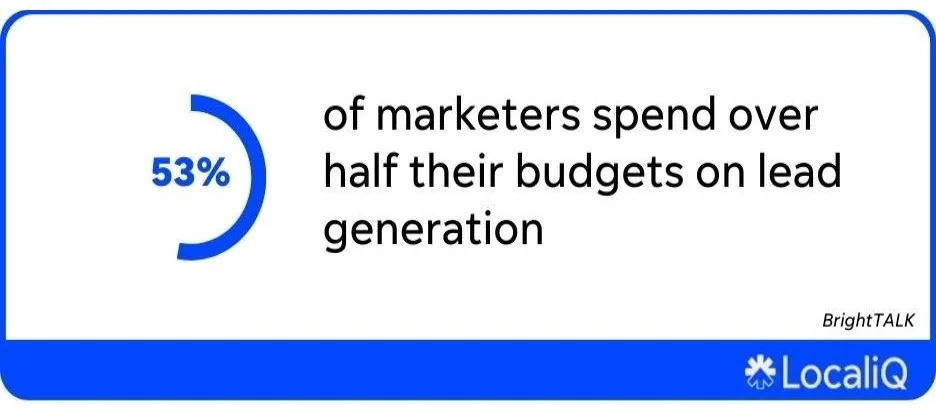
Someone researching a problem isn’t necessarily ready for a sales pitch. Someone reviewing your competitors knows their problem and how various solutions might help. While both leads may become paying customers at some point, a blanket marketing approach could drive the first lead away while falling flat with the other one who’s further along.
Here’s an example. Let’s say you’re having back pain. Here are the steps you may go through to alleviate it:
- Research causes and learn it could be your mattress.
- Search for types of mattresses that help with back pain.
- Create a list of top mattress brands and their best products.
- Visit a few showrooms to test options and speak with salespeople.
In this scenario, if you’re just learning about back pain, and a salesperson starts talking to you about their top-tier mattress, you will be confused. But if you’re already mattress shopping and someone starts talking to you about how cheap mattresses can cause back pain, you will wonder why this person is telling you something you already know.
Nobody wants to hear a sales pitch they aren’t ready for, and nobody wants to be talked down to. Once you categorize sales leads, you’ll ensure your messaging is right where it needs to be.
🛑 Want to learn how to generate more leads? Free download >> The Definitive Guide to Lead Generation
What are the 6 types of sales leads?
There are different ways to group your sales leads. These six categories make it easy for you to deliver what each lead needs to take the next step toward becoming a customer.
1. Cold leads
Cold leads are those who fit your customer profile but haven’t interacted with your brand in any way. Think of a person having back pain who doesn’t know they have a bad mattress yet.
Cold leads are typically found as you research your ideal customer and target audience, which is how they can technically be a lead without actually having shown interest in your solutions. Cold leads can also wind up on your radar after minimal action, such as commenting on something you posted on your business’s social media feed. While still an interaction with your brand, this doesn’t necessarily mean they’re interested in what you’re selling yet.
How to convert cold leads
Cold leads are unaware of your brand, so if you want to convert them into a customer, you need a delicate approach.
Social media marketing and social selling—where you create a relationship with leads on social media before pitching your product—are both great ways to get the ball rolling.
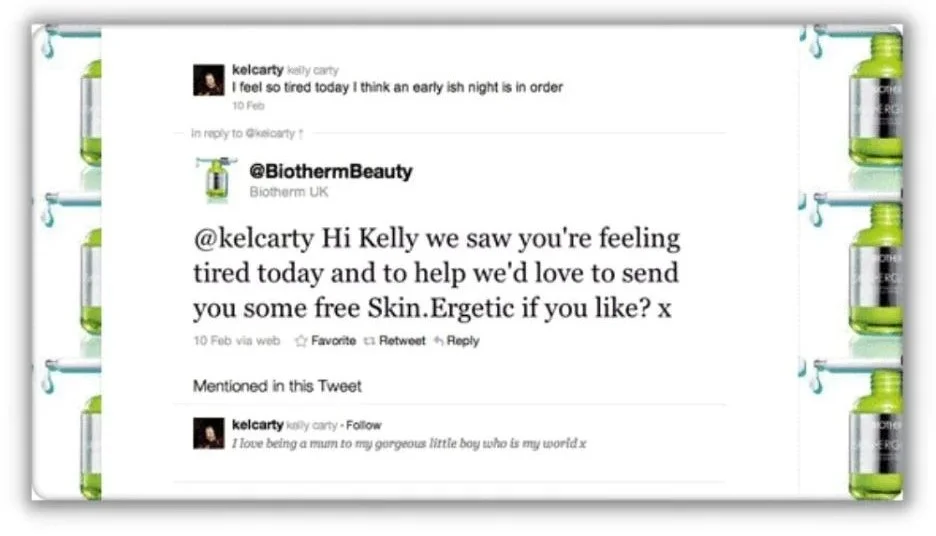
This is an excellent example of social selling.
The key here is to lead with helpful information. Get a conversation going through social media posts, replies, and comments. Talk to them about their industry, issues, and so on. Then, provide educational feedback and helpful content.
2. Warm leads
Warm leads are aware of your brand and that there are solutions to their problem. They haven’t completed a demo or spoken to a salesperson yet, but they know what you do.
Warm leads can arrive via a social media post, referral from another customer, your blog, or multiple other marketing channels.
How to convert warm leads
Because warm leads are aware of potential solutions, you can add some education about your products and their benefits to your messaging. But it’s still important you don’t scare people off with a strong pitch this early on. There are several ways to nurture leads in this category. These two will get you started.
Leverage CTAs
A powerful call-to-action (CTA) placed strategically on your blog posts, landing pages, etc., is the way to go with warm leads. These leads already know about your brand, and now it’s time to speak to their pain points and get them to provide their email address, demo your product, or take some other action that turns them into hot leads.
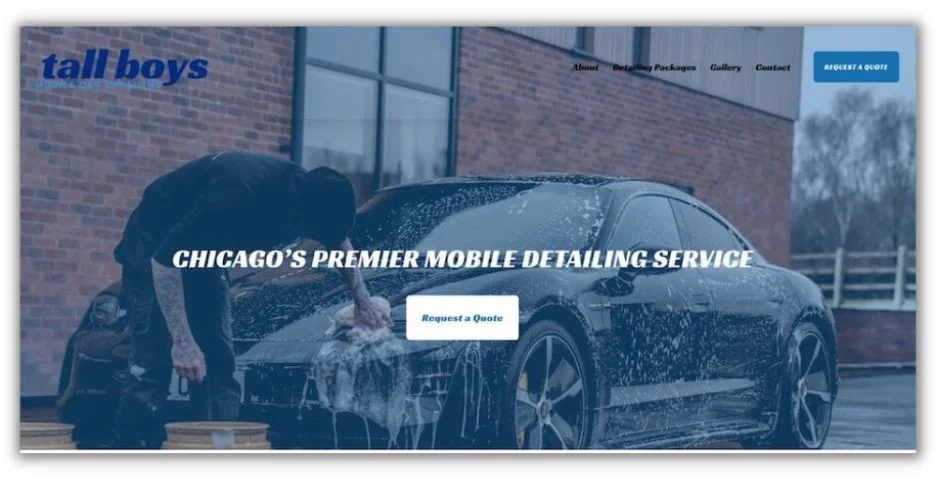
Simple and straightforward copy is best when writing CTAs.
Make sure your CTA verbiage is direct. Use terms like “Download now” or “Book a demo” to make it clear what the lead will get if they click. And tailor the offer to what the lead needs to know at that time. A CTA to download your ebook on “X types of orthopedic mattresses” would work well in a blog post about the causes of back pain.
Personalized outreach
While you can be a little more product-oriented with messaging at this stage in the game, you still want to keep things casual. A little marketing personalization goes a long way here.
Whether you’re having your sales team contact a warm lead or sending an email, make it personal. Include the lead’s name in your outreach, and if possible, tailor the messaging to speak to their industry or any pain points or products you’ve seen them look at.
3. Hot leads
Hot leads have kicked things up a notch. These leads have downloaded a guide, scheduled a trial, or possibly had a chat with your team, and definitely know about your brand and some of your solutions.
If these leads are mattress shopping, there’s a good chance they’ve gone in and plopped down on some beds in the showroom. Or, at the very least, they’ve read product guides and done their homework.
How to convert hot leads
Hot leads are almost ready to buy. They know their problem. They know the solution is out there. And they know you might have it. It’s time to prepare, prioritize, and pitch.
Do your homework
If a lead’s made it to this point, they’re likely talking with your team, or at least expecting talks with your team. It’s time to do some homework so you can pitch your solutions in a way that resonates with the lead.
If possible, research the lead’s employer for business-to-business sales and think about which of your solutions best fits them. Then, think about their pain points and how to address those issues.
Prioritize your solutions
Don’t be shy. Hot leads are shopping around and likely even eyeballing solutions from your competitors. Put your best foot forward and talk to this lead about your solutions. Consider the lead’s pain points and drive your unique selling proposition home.
Send collateral
If you have any case studies, one-pagers, or other sales enablement pieces, share them with hot leads. Make sure the collateral you choose answers your lead’s specific concerns. A video showing the stain resistance of your mattresses might miss the mark when someone is looking to solve lower back pain.
4. Information-qualified leads (IQL)
Information-qualified leads are usually looking for the answer to a question and have stumbled across your company as a result.
Returning to our mattress metaphor, this lead could know that their horrible, no-good mattress is causing their back pain. Now, they’re starting to research types of mattresses and how each is different.
How to convert information-qualified leads
Information-qualified leads are on the hunt for knowledge. It’s essential you deliver the info, or these folks will look elsewhere.
Provide the answer
Information-qualified leads are looking for answers and information. Publish comprehensive blogs and other types of content that answer relevant queries from your audience.
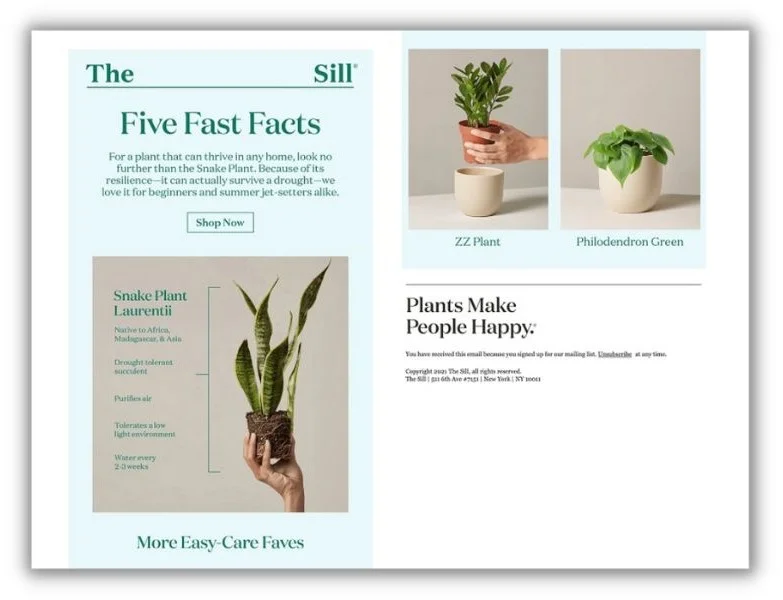
Teach IQLs something new, and they’ll become brand fans and customers.
If you don’t have a content plan already, start brainstorming. A content map is a great place to start, as it can help you visualize what content you need for each stage of the buying journey.
Avoid being salesy
No matter what you do, avoid throwing any sales pitches at IQLs. If someone reaches out with a question, help them out while learning about the individual, their organization, needs, and so on. If nothing else, the person will leave with a greater awareness of your brand.
5. Marketing-qualified leads (MQL)
A marketing-qualified lead is aware of your brand and has taken steps to explore your offerings, like downloading an educational asset or subscribing to your newsletter.
Remember the mattress shopper? In this instance, for them to be an MQL, they’d likely have downloaded a buyer’s guide on a brand’s various mattresses or visited their showroom and left with a pamphlet.
How to convert marketing-qualified leads
MQLs have shown significant interest in your brand and possibly certain products. They may follow you on social media or read your newsletter. It’s time to get a little salesy to prove your products are the right solution.
Start by mixing in some promotional messaging with your informational content. Use email, DMs, or SMS marketing for leads who have opted into those channels. Share five-star reviews and testimonials as social proof that people love what you sell. And send content that places your product as the solution to the problems leads seek to solve.
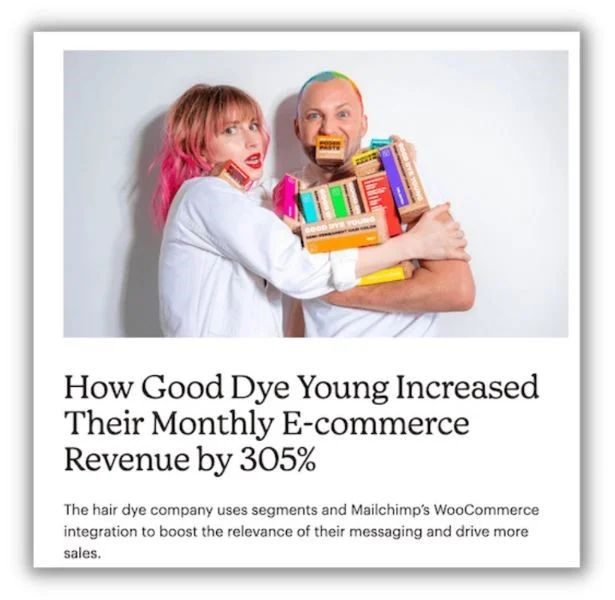
Create at least one strong case study to share with MQLs.
6. Sales-qualified leads (SQL)
Sales-qualified leads are leads your sales team has identified as likely ready to purchase. An SQL may have signed up for a demo or trial or spoken with a salesperson. They’re well aware of your brand and what you sell.
Let’s return, for the last time, to our mattress shopper. In this case, they’re fairly certain they’ve found the bed of their dreams and likely even talked to a salesperson in the store during a previous visit. They’re ready to rest easy, knowing their back pain is about to be little more than a distant nightmare.
How to convert sales-qualified leads
When someone’s become an SQL, you know they’re just about ready to buy. This means it’s time to deliver your pitch.
Suggest a meeting to present the specific solution and walk them through your product. Gather all the information you can beforehand, including any insights regarding which products they’ve looked at and which collateral they’ve viewed. Be prepared to answer their objections and discuss alternatives if they don’t close on your first offer.
Get to know the different types of sales leads
No two leads are alike. While you can’t account for someone’s personality or them simply having a good or bad day, you can set yourself up for future success by ensuring you know the types of sales leads as best as possible.
As your company grows and interacts with more people, note how various leads respond to your efforts. Is your content checking the right boxes with IQLs? How are SQLs enjoying talks with your team?
Refine your efforts as you figure out what’s working or not. Don’t be afraid to redefine what each type of sales lead looks like for your company. And set up a lead management system to track and nurture leads. Do that, and you’ll convert many more of your hard-earned leads into happy customers.





